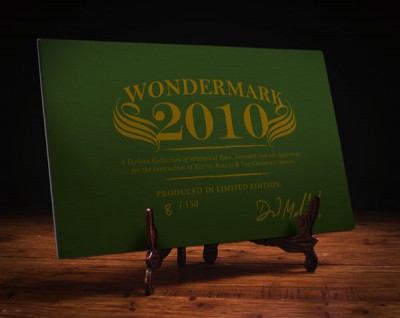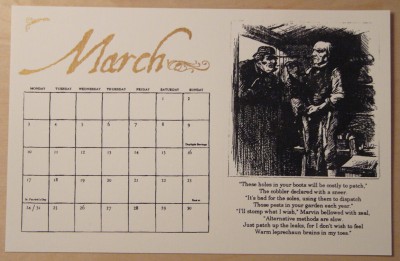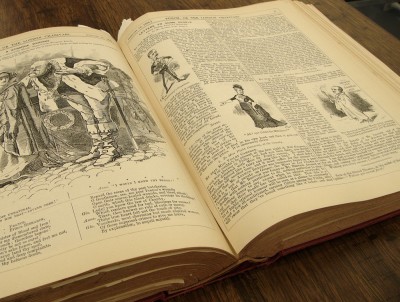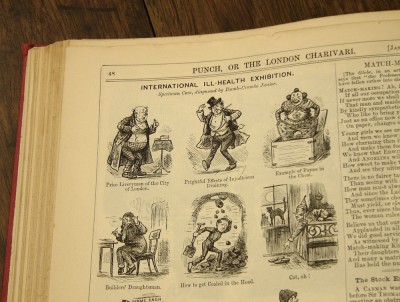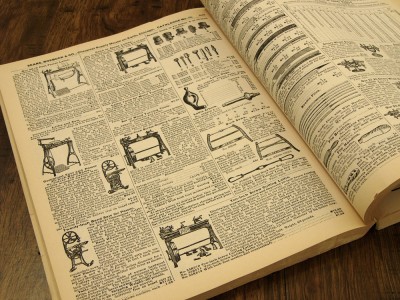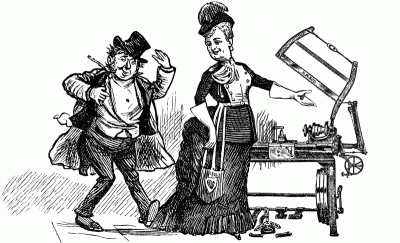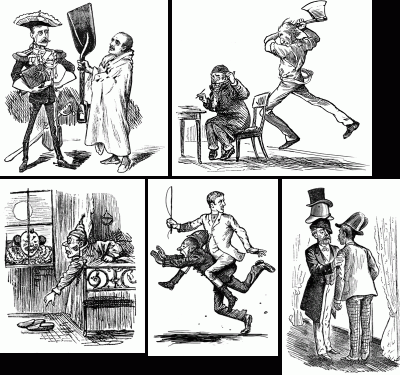This will be a daily series this week, as my wife and I finish up production on the 2010 Wondermark Calendar! But first:
A BRIEF NOTE ABOUT BOOKS
TopatoCo was showing some of my books as “out of stock” as recently as yesterday, but I’ve received word that their coffers have been replenished — so, you know, have at. I should also note that they now have the only remaining copies of my very first collection, The Annotated Wondermark — less than forty remain before the print run (the fifth printing, if you can believe it!) is totally sold out, and we won’t be reprinting them until next year sometime.
Or, if you’d like to combine a book order with a calendar order, I do have copies of the two Dark-Horse-published Wondermark books in my in-house store. Look, I know. It is all very confusing! But, so is life.
ADDITIONALLY
I am leaving town for the holidays on the evening of December 20! That means that NOON PACIFIC TIME on the 20th is the order deadline for pre-Christmas shipping for anything purchased from my in-house store (including calendars). TopatoCo will continue shipping probably until the crack of Christmas Day or until their fingers fall off, whichever happens last. (Though some shirt sizes are already gone, as are some card designs. You got to get on this stuff!)
Okay that’s done. Thank you for indulging me this brief digression!
NOW THEN
HOW TO MAKE A CALENDAR, Part 1: Design
The Wondermark Calendar, for those who’ve not seen it before, is a hand-made item that consists of fourteen cards resting in a brass easel. Besides two covers, there are twelve calendar cards, each featuring an image and a brief piece of verse. Here’s one from a few years ago:
Each card is screenprinted by hand using a GOCCO screenprinter (more on that later this week). We only print a small run of the calendars, and they’ve sold out each year. Each calendar is individually signed and numbered, and optionally includes the easel — or you can get just a “refill” if you’ve already got an easel from a previous year.
The last two years, I simply found images (in my collection of old books) that I thought might work well in the calendar, then used them pretty much unmodified, writing verses to fit. This year, however, I thought I’d do it a little different — I thought I’d make collages from separate images, similar to how I make the comic, to create unique scenes and make the whole thing a bit more interesting.
Now that I’ve done this a few times, I’ve realized that simpler images translate much better in screenprinting than do more elaborate engravings — so this year I kept my eyes open for smallish drawings with cleaner linework. Also, for the sake of consistency, I decided to pull the majority of the images from a single source: 1880s Punch magazine, which I have several giant bound volumes of (click for a closer look):
Those folks on the right-hand page look like good candidates, as do the figures on this page:
I ended up scanning around 60 different images and playing around with them in various configurations, combining and re-combining them in different ways, trying to see what scenarios and stories they suggested.
The way I work is different from many artists, and certainly many cartoonists. While I do often compose the comic’s images to match a previously-written script, I also have great fun at times simply building scenes like a puzzle, not knowing what’s going on until the very end of the process — and sometimes, in the case of the comics, occasionally not knowing what’s going on until I’ve actually written most of the dialogue! I like seeing where it goes and the directions that it takes by itself, and it’s almost more like sculpting with clay, adding pieces and taking them away, than drawing or painting.
Eventually I decided that these characters could work well together:
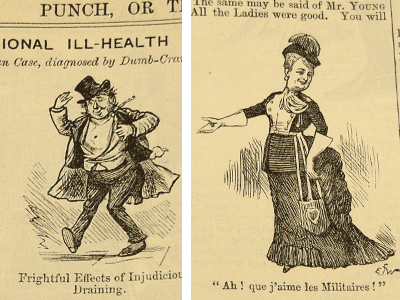
And with the addition of some objects from my go-to “prop warehouse”, the 1902 Sears-Roebuck catalog…
…An interesting and evocative scene began to develop:
And here are a few more scenes that I composed (you’ll recognize some of the other characters from those earlier scans as well):
I assembled each scene before knowing what would be going on in any of them. It makes the constructive process fun, because there’s no restrictions! Anything is fair game, and the goofier, the better.
The process continues tomorrow! In the meantime, you can get your very own copy of the calendar here (remember, I’ll be doing pre-Christmas shipping this week only, as I only have about seven days before I leave town). I’ll see you right back here tomorrow for the next installment of this series!
Tomorrow: Part 2: Writing & Designing Each Month

